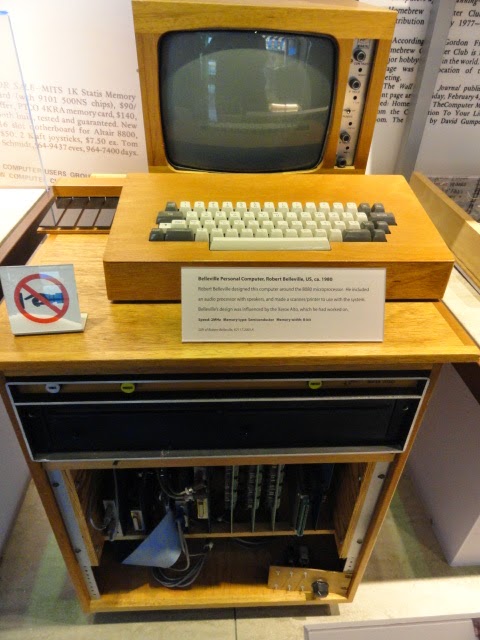First, let's talk about the facts. The US Naturalization and Immigration Agency along with Homeland Security projects between 60,000 and 90,000 illegal, alien children will arrive at the borders this year. Those numbers more than double the children who arrived at the borders last year. This year 57,000 of these children have already arrived illegally at the borders, mainly in Texas and Arizona. The majority of the 57,000 are unaccompanied and from the three poorest and most violent countries in Central America: El Salvador, Honduras, and Guatemala.
This huge influx of illegal immigrants has backed up the legal system for dealing with people caught trying to immigrate to the US illegally. This back-up is particularly difficult since these are children languishing in packed detention centers awaiting the legal hearing they are entitled to as provided in a 2008 immigration law. Basically, the system is overwhelmed. The citizens of the towns and counties, which will become the instant home of any of these children granted asylum, are up in arms. They remember much too clearly how their social services, health care systems, and schools systems were overwhelmed during the height of illegal immigration in the 1990's. And, if that isn't enough, every Tom, Dick and Harry along with the Pope have weighed in with inflammatory, polarized, invective. I've been reading both sides, and the one thing in common is the objectification of these children. By objectification, I mean that both sides are writing, talking and acting as if these kids are just the great, unwashed, unwanted, problem whose primary function is to thrust the immigration issue to the forefront of the American public.
Here's what I think they are: Individual kids whose desperate parents were willing to entrust each of them to some of the sleaziest people on this earth (coyotes), paying these sleazeballs with money they can ill afford in a last ditch effort to let their child escape a no hope, violent situation. I was immediately struck by the parallel of the European Jews trying to find ways for their children to escape Nazi Germany in the late 1930's. The endless, and rapid discussion of misguided thinking on the part of the Central American parents attempting to get their children to the USA by any means thinking it assures them a better life is just a blame game and a further way to turn kids into dirty, smelly objects. On the other hand, the bleeding hearts who would instantly wave a wand and grant asylum to each and every child don't really care what happens to them as long as they don't have to look at them in detention anymore.
What we really have here are frightened kids. They most likely can't speak English, and many won't be able to read even in Spanish. The food being given is different and upsetting. Nothing is familiar and they are very unsure and oh, let's say, 'acting out'. I'm sure most of them cry quite a bit for their mothers. They are wearing torn and tattered clothing and shoes. And some of these kids are sick from the minor to the serious. They don't know what is going to happen not only from day to day but also from hour to hour. Imagine your 10 year old facing that.
I know what I think should happen legally to these kids, and I'm sure you have your opinion too. However, one thing I'm very clear on is out rich, religious (how we describe OURSELVES) country needs to step up and alleviate a situation where kids are scared, sick, and needy. We can sort out the legality issues later when no one is crying.
If you are a member of a Methodist Church, there are relief efforts you can support both in goods and donations. If your not a member of a church and want to help, just call a church and they will direct you. While the Methodists don't have an exclusive on providing help, UMCOR, the relief arm of the Methodist Church, has a long and honorable history of providing relief during disasters.
If you are one of my readers, and a member of St. Paul UMC, the Mary Martha Classroom is just awaiting your contribution: All you have to do is walk your new items into their classroom. They'll do the delivery for you. If you haven't seen the list, here it is:
Women -
Cotton Underwear sizes 5 and under
Hygiene Products (sanitary napkins, no tampons)
Pants - Women’s small sizes
Tennis Shoes - Women’s sizes 6, 6.5 & 7
Children -
Baby Toiletries (infant to toddler)
Blankets
Cotton Underwear for Children
Disposable diapers & wipes
Nido Baby Formula/Powered Milk
Tennis Shoes Children’s sizes 2-12
Other Items -
Easy open juices
Easy open snacks
Reading Glasses
Rebozos (baby sling/wraps)
Small Backpacks
Small towels
Trash Bags
Watches
Central Texas Conference churches are
invited to collect these items and deliver them to Ridglea UMC on July 23
between 3:00pm - 7:00 pm.
Ridglea
UMC
6036
Locke Avenue
Fort
Worth, TX 76116







